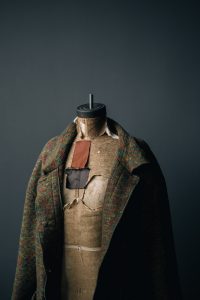Collection Concept – A Bit of History

Fashion historians widely regard Charles Frédérik Worth as the “father of haute couture” and “the first designer.” This tailor became the first true “creator,” much like today’s designers.
Before him, tailors and dressmakers worked based on customer orders, sewing garments upon request rather than designing collections intended for sale. Worth, however, went beyond this tradition. He began designing and creating his garments to offer to clients.
Worth hired women with figures similar to his clientele to present these garments. In doing so, he also became the “creator” of the model/mannequin profession. Despite his innovations, there was still no visual unity among the pieces he produced. Though he was groundbreaking, Worth did not yet create collections—he created individual garments.
It was Paul Poiret, the Art Deco creator of fashion in the early 20th century, who took the next step by creating costumes based on a thematic concept. In his case, his designs were inspired by oriental themes. While his work wasn’t truly considered a “collection” in the modern sense, Poiret was the first to introduce and consistently use an inspirational theme in his designs.
Elsa Schiaparelli, however, was the first to develop fully realized collections with specific themes. She created collections that reflected these themes across various garments, through prints, embroidery, and distinct cuts.
Schiaparelli was also a pioneer in many other aspects of fashion. She revolutionized the fashion show, transforming it into a spectacle. She was the first to create women’s jumpsuits, the skirt-pants combination, and she pioneered the use of rayon, blending it with fine fabrics. Schiaparelli also developed the first elastic fabric made from rayon and latex, as well as transparent and waterproof velvets. Her collaboration with Salvador Dalí is particularly noteworthy, as she incorporated surrealist art into her collections.
